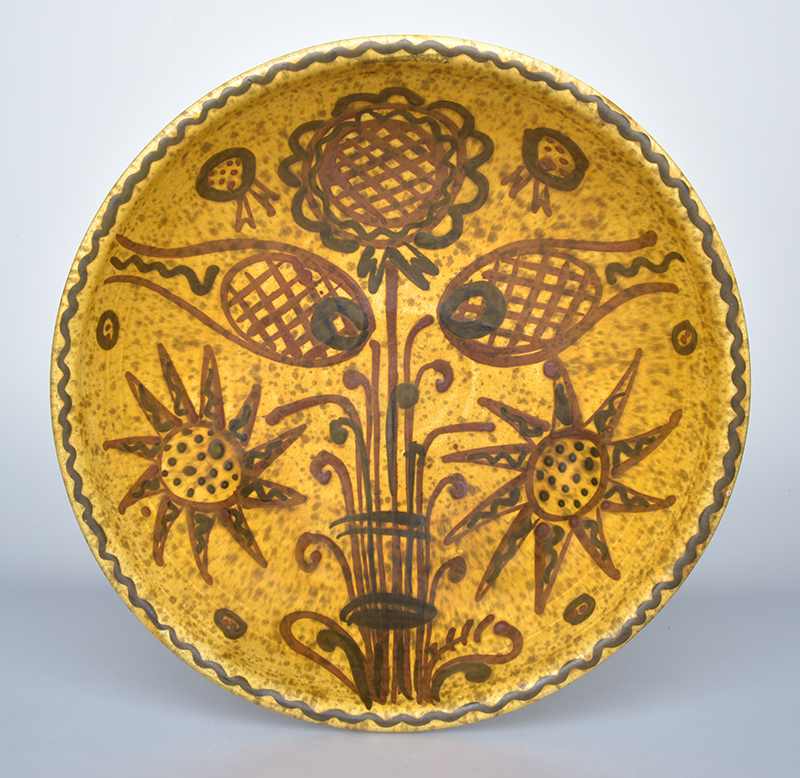
Keramik von Annina Vital in CERAMICA CH
Theres Urech-Grazioli and Konrad Urech in collaboration with Andreas Heege, 2020
The Engadine native Annina Vital was born in Chur on 30th June 1910 to Jon Vital (1879–1954) and Emilia Vital-Vital (1884–1976). Annina and her sister Ines, who was four years younger, spent their childhood and adolescence in St Moritz where their father was a school teacher.
In 1926 she enrolled at the School of Arts and Crafts in Bern, moving to the School of Ceramics in 1927, which was then housed at Felsenburg Castle on Klösterlistutz. In April 1930 she graduated from there with a diploma in pottery painting. At that time, the German ceramicist Johann Jakob Hermanns (1879–1937), a 1913 co-founder of the Bern Division of the Swiss Werkbund, was a technical instructor at the school. During her journeywoman years after graduating, she worked at “Desa” in Steffisburg, in Rheinfelden and finally at the art pottery Meister & Co. in Dübendorf-Stettbach. She held a managerial position at the Ketzerbach pottery workshop in Marburg a/Lahn “with Miss [Elizabeth] Schäfer” (Siepen 1923). In 1931, she spent over three months in Paris, where she visited the academy of the famous sculptor, Aristide Maillol, who offered to train her as a sculptor. Vital, however, decided to remain faithful to her chosen profession of pottery painting and, instead, opted to learn how to throw pottery with Peter Messerli in Bulle.
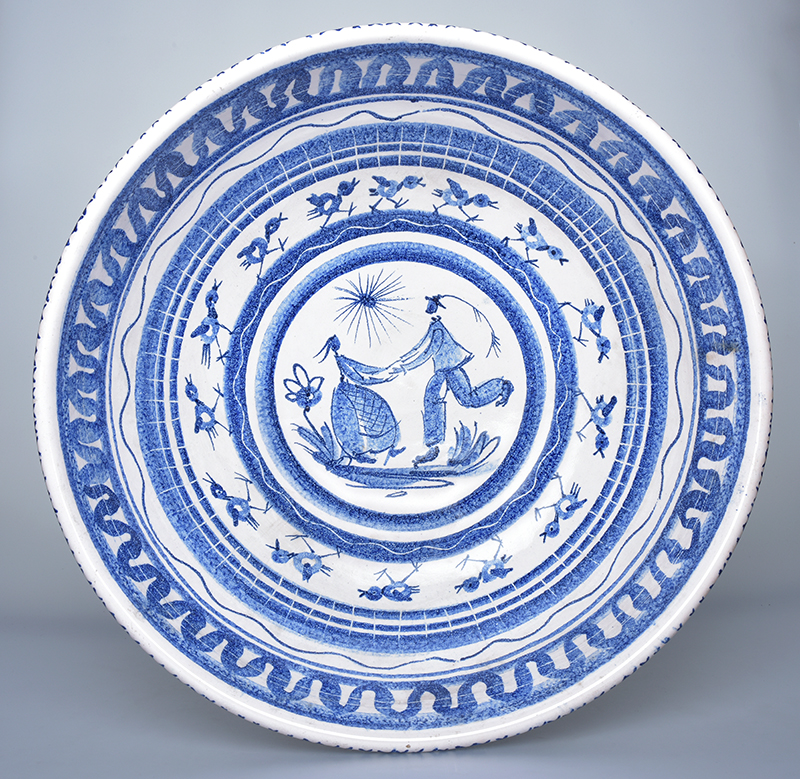
In 1933 she set up her own pottery workshop at 44 Reichsgasse in Chur which she ran independently until 1953. She experimented with glazes, colours and painting techniques and gradually developed her own style. Her creative powers produced utility and decorative wares in an amazing variety of shapes, colours and techniques, as well as an array of drawings, paintings, book illustrations, wall paintings, sculptures, frescoes, tiled stoves and mosaics. She sourced her clay from the company Landert in Embrach (Canton of Zurich).
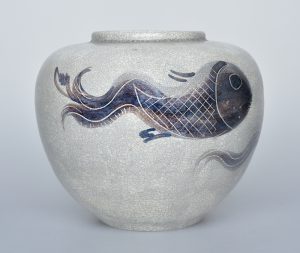
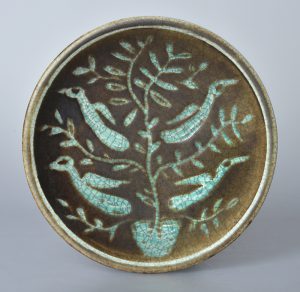
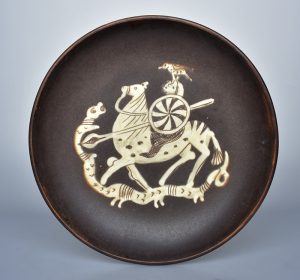
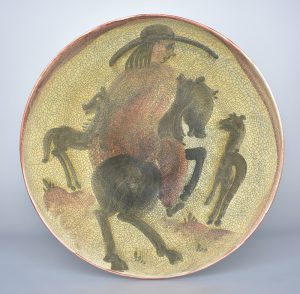
Only a few of Annina Vital’s works can be firmly dated to the time she spent in Chur. They include a number of ceramic objects that were reproduced in a 1940 article and seven pieces that were acquired by the Rhaetian Museum in 1953 (inv. H1970.251–257). It was probably the fact that Vital was leaving Chur that year that prompted Prof. Joos, the then conservator of the Rhaetian Museum in Chur, to buy the seven pieces.
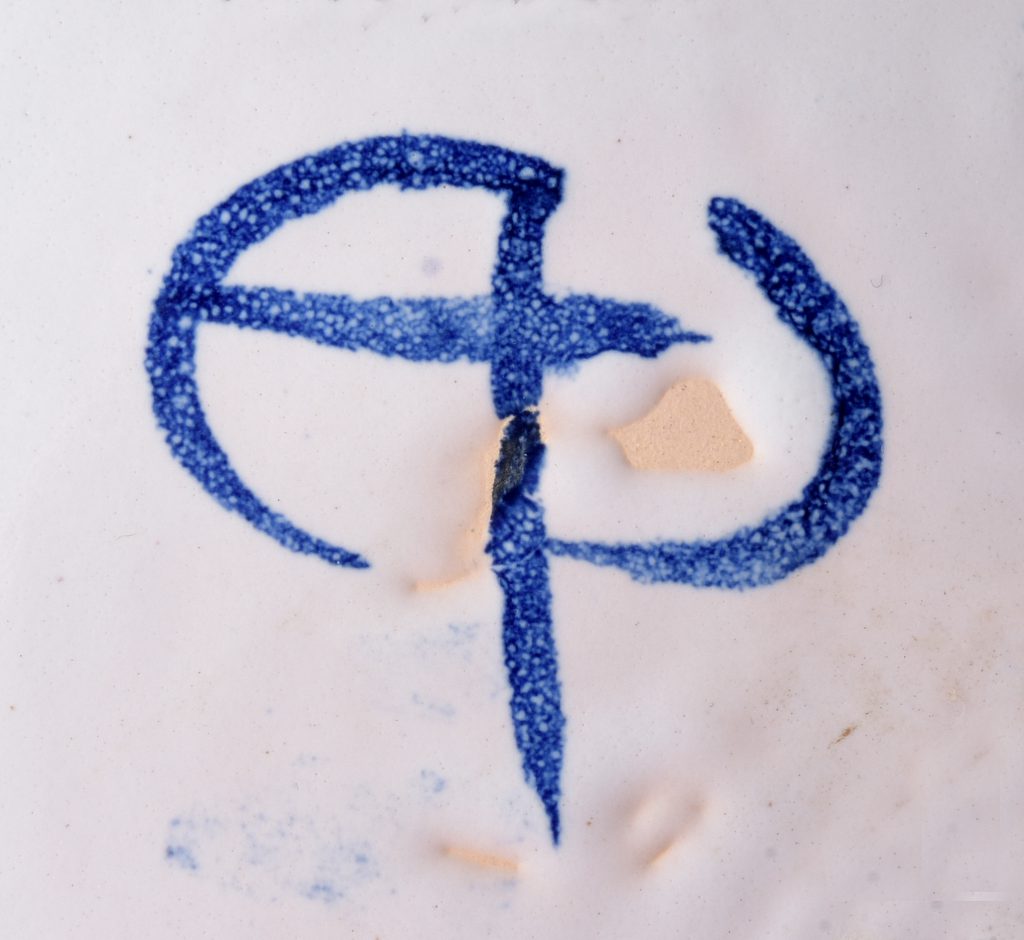
Annina Vital’s trademark, which she added to all her works, is particularly worth noting. Usually boldly drawn, the mark is immediately recognisable as a combination of her initials A and V.
After 20 years of success as an artist in Chur, Vital moved to Dornach with her parents in 1953, where they lived in a small artists’ residence near the Goetheanum. Thanks to the Goetheanum’s numerous visitors, her clientele grew considerably, extending far beyond the Swiss borders.
To mark the 30th anniversary of Annina Vital’s death, a commemorative exhibition devoted to her life’s work was put on display in 2018/2019 at the KunstSchauDepot, an exhibition space in Dornach run by the Trigon Foundation.
An article devoted mainly to her ceramic work was published in 2021 (Urech-Grazioli/Urech/Buess 2021).
Translation Sandy Haemmerle
References:
De Martinis, Marika (1982): Annina Vital, eine bemerkenswerte Bündner Künstlerin. Bündner Jahrbuch 1982, 17–25.
Schmid, Martin (1940): Eine Churer Töpferei. Bündnerisches Haushaltungs- und Familienbuch 1940, 19–23.
Siepen, Bernhard (1923):Töpferwerkstatt Ketzerbach, in: Kunst und Kunstgewerbe, Blätter für Wertarbeit, Nürnberg Nr. 3, 1923, 68–70.
Urech, Otto (1990): Annina Vital 1910–1988 (Nachruf). Bündner Jahrbuch 32, 1990, 148–149.

